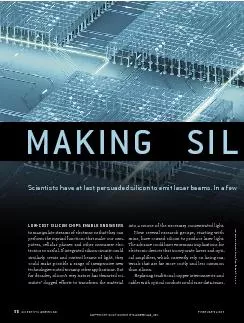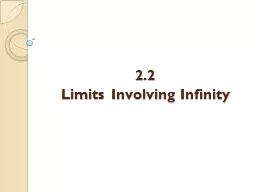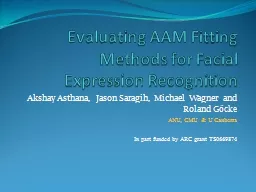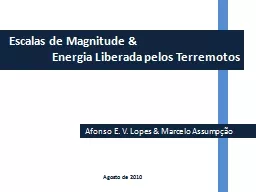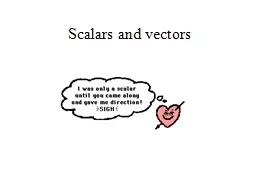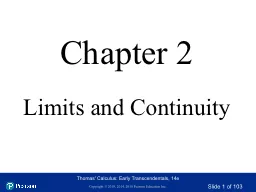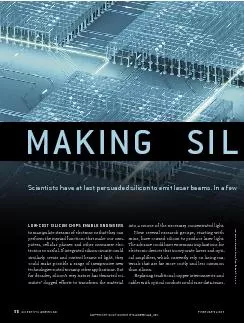PDF-fer speed limits by orders of magnitude beyond the
Author : karlyn-bohler | Published Date : 2015-08-23
AKING capabilities of current technology For example cable modems the workhorses of household Inter net connections are currently limited to a transfer rate of about
Presentation Embed Code
Download Presentation
Download Presentation The PPT/PDF document "fer speed limits by orders of magnitude ..." is the property of its rightful owner. Permission is granted to download and print the materials on this website for personal, non-commercial use only, and to display it on your personal computer provided you do not modify the materials and that you retain all copyright notices contained in the materials. By downloading content from our website, you accept the terms of this agreement.
fer speed limits by orders of magnitude beyond the: Transcript
Download Rules Of Document
"fer speed limits by orders of magnitude beyond the"The content belongs to its owner. You may download and print it for personal use, without modification, and keep all copyright notices. By downloading, you agree to these terms.
Related Documents

